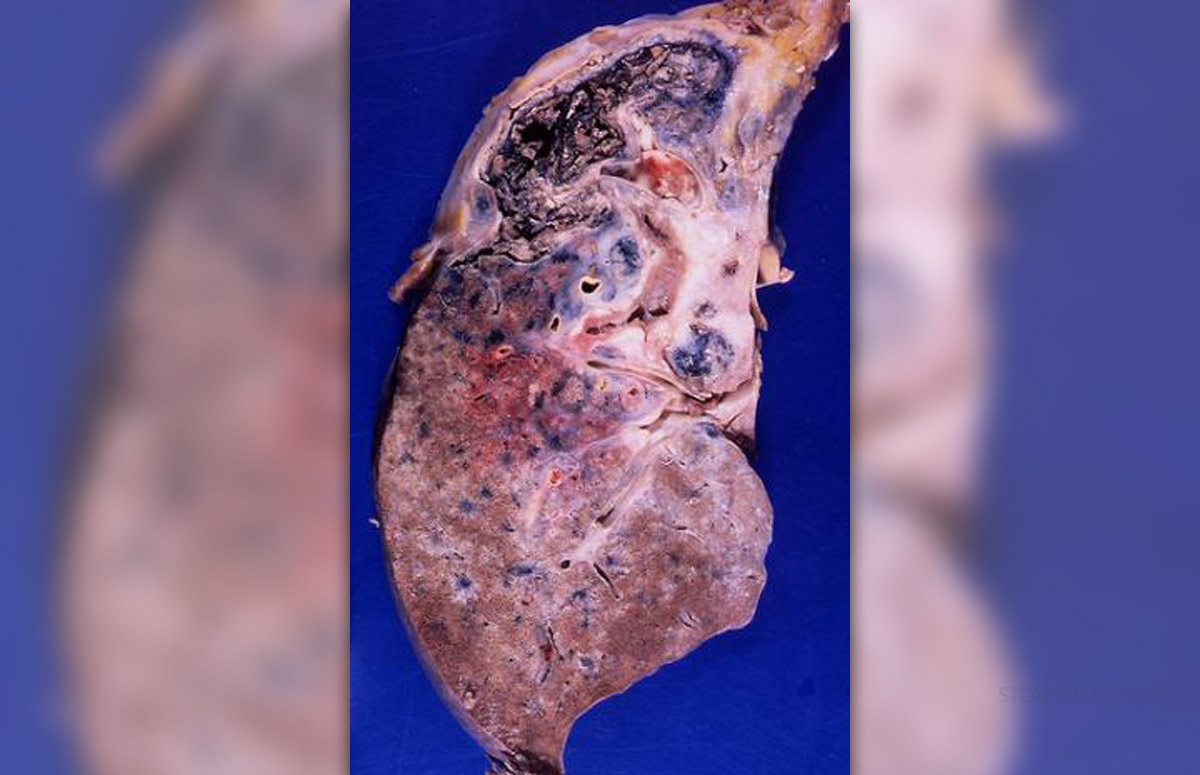
Information on Sarcoiodosis
Sarcoidosis is believed to be the autoimmune disease in which inflammation affects some parts of the body. The inflammation is manifested in the small lumps most commonly on the lymph nodes, skin, eyes and lungs. The inflammation of the cells may appear on the other cells and tissues, too. Sarcoidosis is at first asymptomatic, but the signs may appear gradually or abruptly. The majority of people affected with sarcoidosis recover over the time and symptoms disappear. One in ten people has to be medically supervised and treated with anti-inflammatory medications. Causes
What exactly triggers the development of sarcoidosis is unknown. Yet, a lot of medical experts believe that the immune system excessively reacts to some environmental factors. While breathing, people may breathe in toxic substances to which the immune system responds in an extreme way. Normally, the immune system produces the white blood cells that protect the body from further infections, but here the immune overly produce them and strong reactions causes the cells to be inflamed.
Symptoms
When symptoms do not recede over the time, they get worse and cause many complications. If untreated, sarcoidosis may leave scars on the lung tissues, particularly between the air passages, resulting in the breathlessness. The breathing is heavy and shallow and may sound strangely. Sarcoidosis may result in the burning, red and watery eyes and blurred vision. The granulomas (the inflamed lumpy parts of the cells) may appear on any part of the eye and may lead to some more severe eye conditions, like cataract and glaucoma. The skin is also affected, so the appearance of red and tender sores is common for the lower parts of the legs, the shins. The skin rash may spread to other parts. The condition is named erythema nodosum and often incites the pains in the joints. Rarely, the lumps occur in the brain area, causing the slight impairment of the nerve cells. Sarcoidosis may paralyze one side of the face. Other symptoms of sarcoidosis include the enlarged liver and spleen, triggering the liver dysfunctions. If sarcoidosis affects the heart, the heart weakens and the heart beating and rhythm become irregular. Sometimes, in the case of more adverse sarcoidosis the reproductive organs may be affected and possibly lead to the infertility. However, the vast majority of women with sarcoidosis can have children. If the lung or heart sarcoidosis has progressed, it may result in the fatal outcome.
The risk factors are not determined but some conclusions have been made according to the number of cases affected. Although, it may occur at any age, the mostly affected people are those between 20 and 40. Sarcoidosis is more likely to affect black people and people in Asia, Germany, Scandinavia, Ireland.


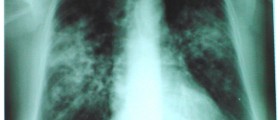
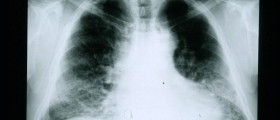







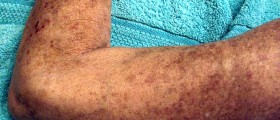
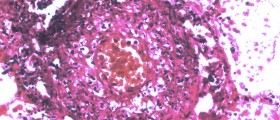


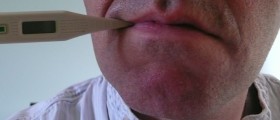
Your thoughts on this
Loading...